Emerson FISHER F180 Series User manual
Other Emerson Control Unit manuals
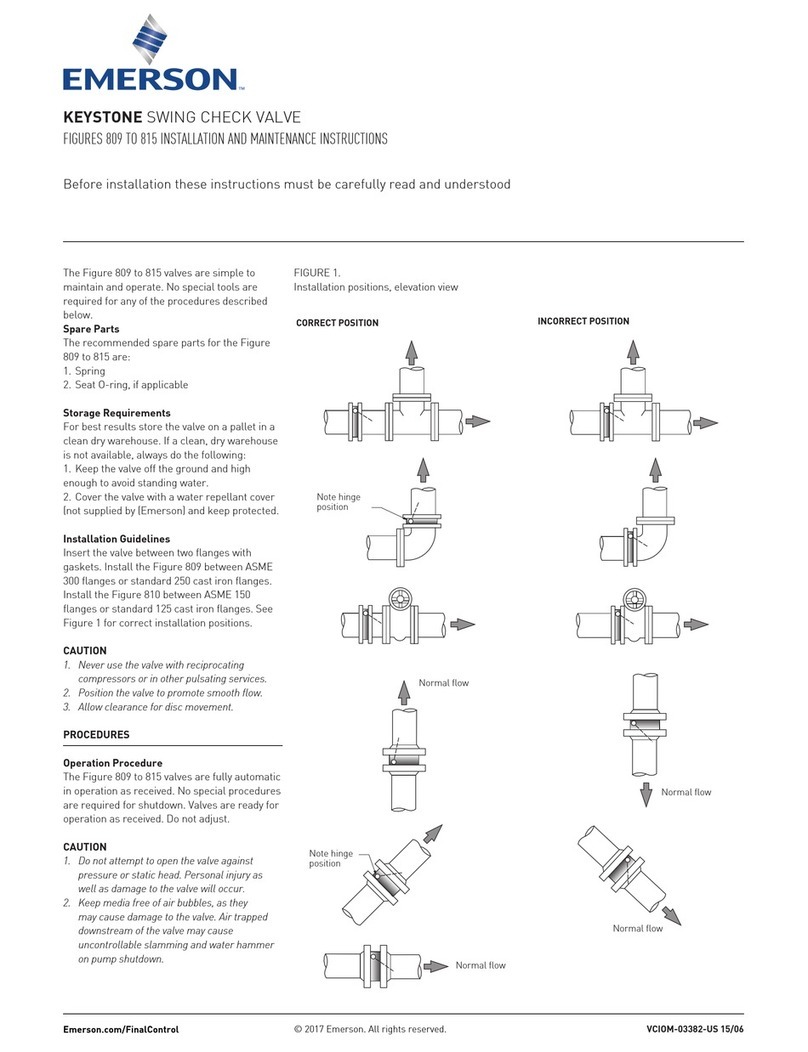
Emerson
Emerson Keystone User manual
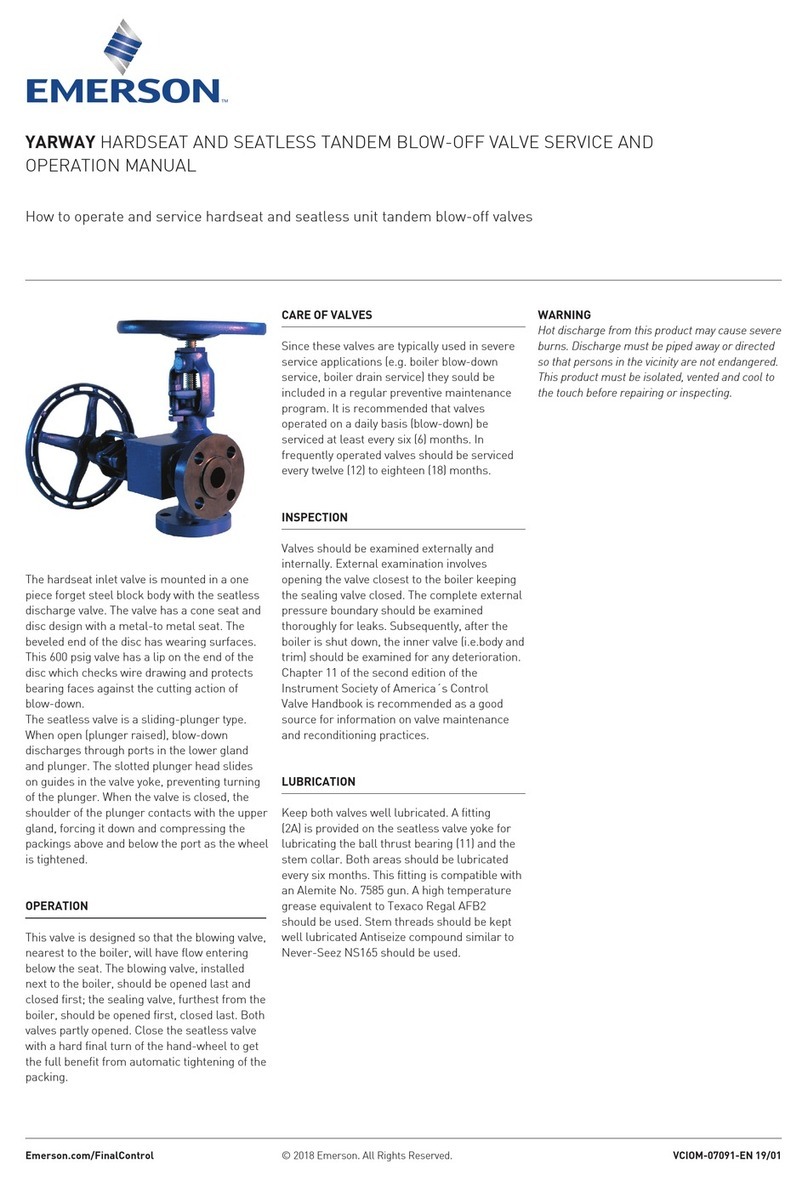
Emerson
Emerson Yarway User manual

Emerson
Emerson Keystone K-LOK H Series Manual
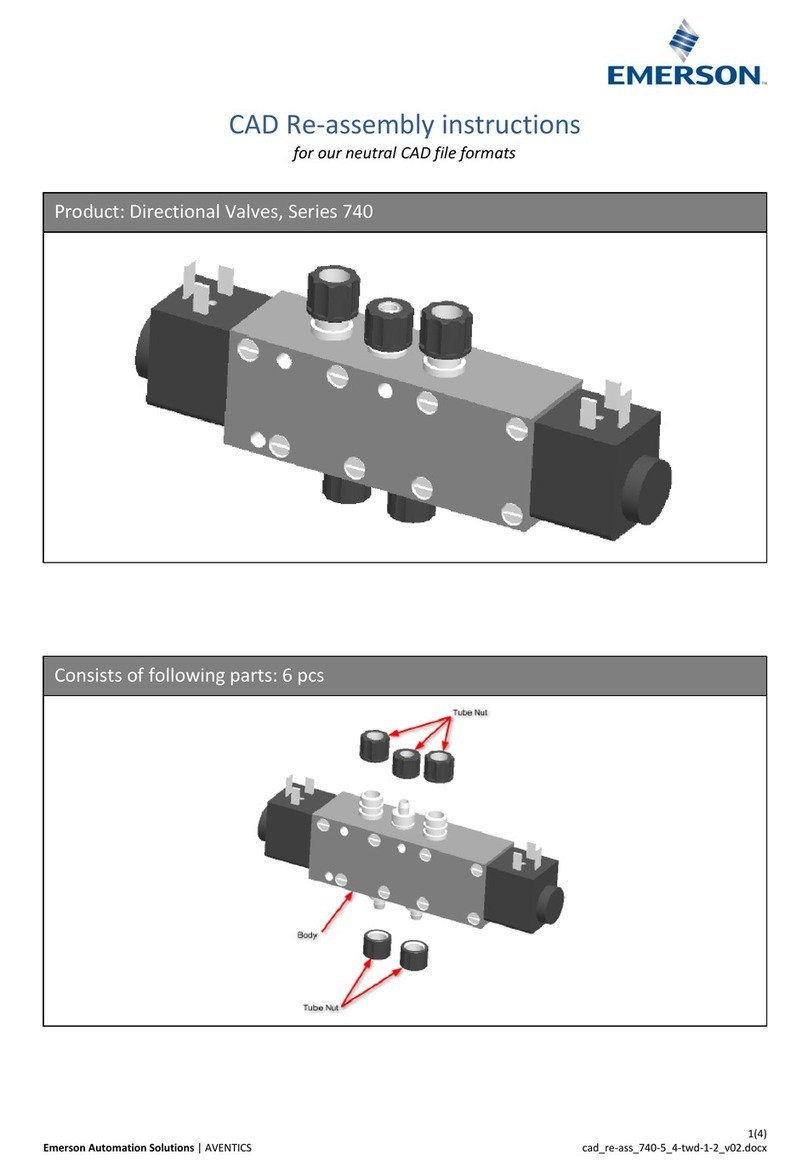
Emerson
Emerson 740 Series User manual
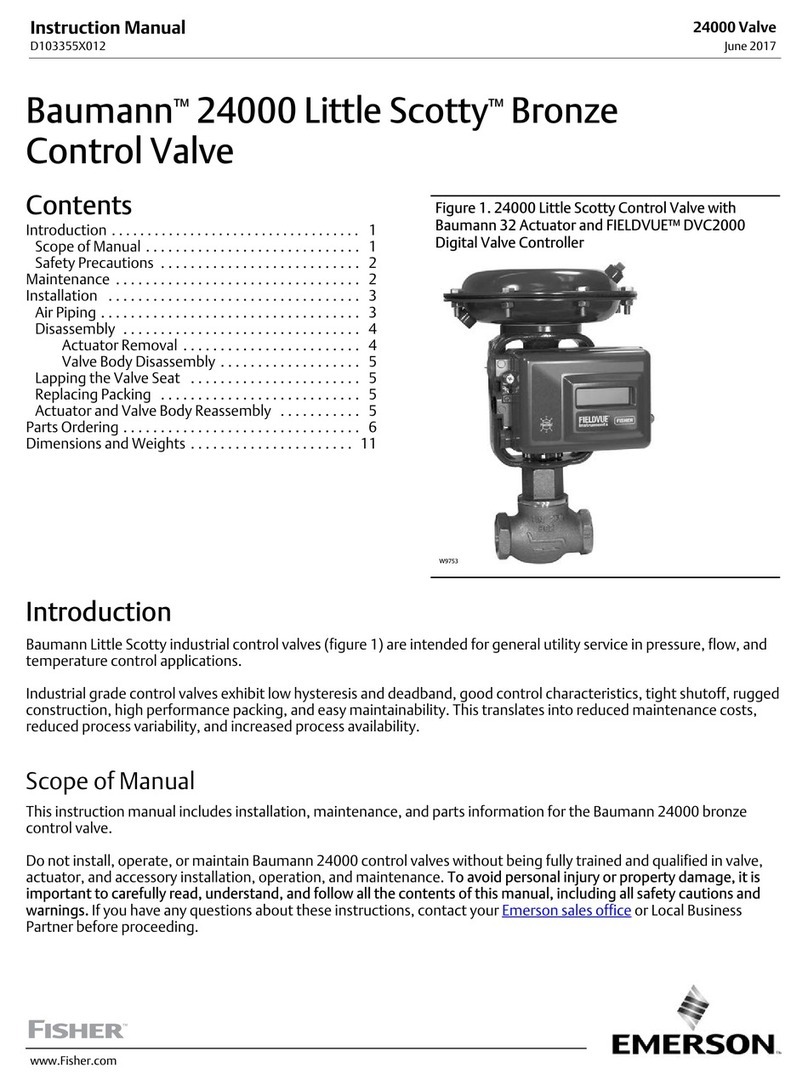
Emerson
Emerson Baumann 24000 Little Scotty User manual

Emerson
Emerson Fisher V150S Slurry Vee-Ball User manual
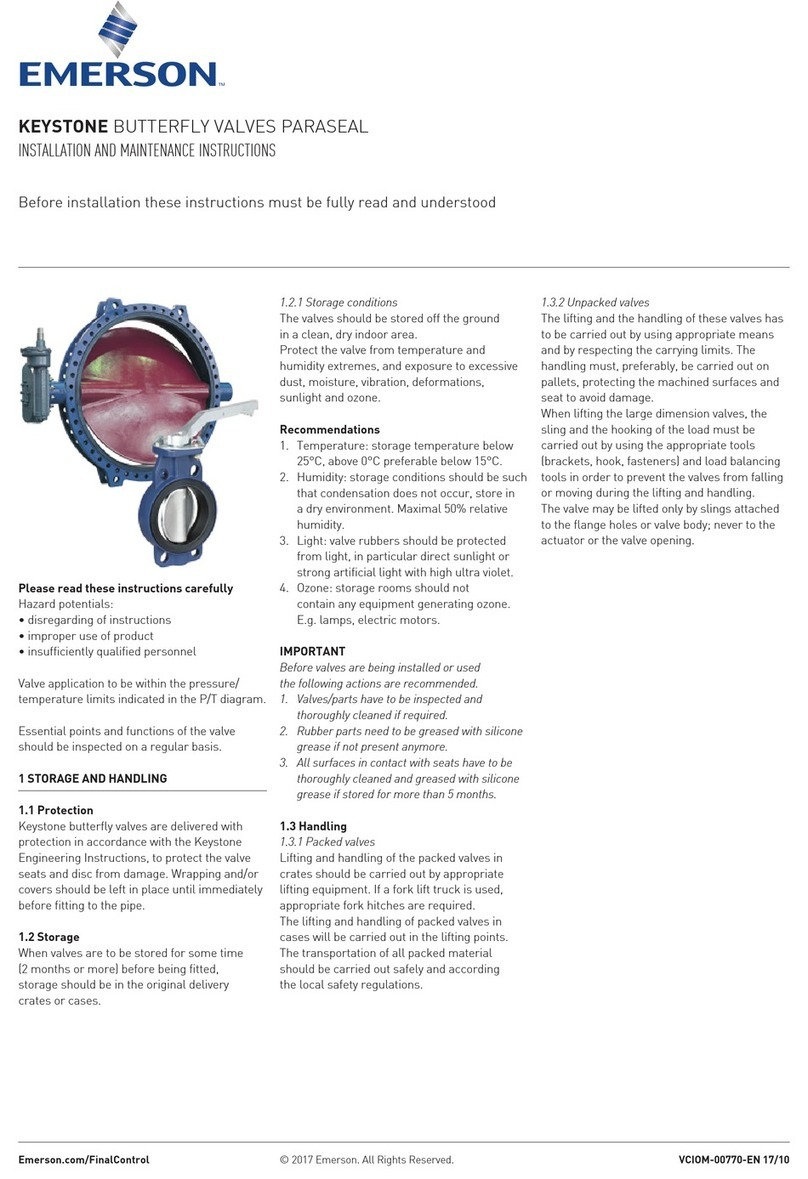
Emerson
Emerson Keystone User manual
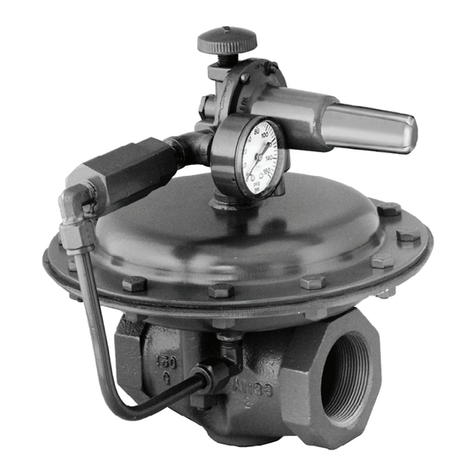
Emerson
Emerson Fisher 1808 User manual
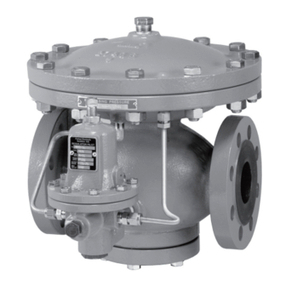
Emerson
Emerson Fisher 92B User manual
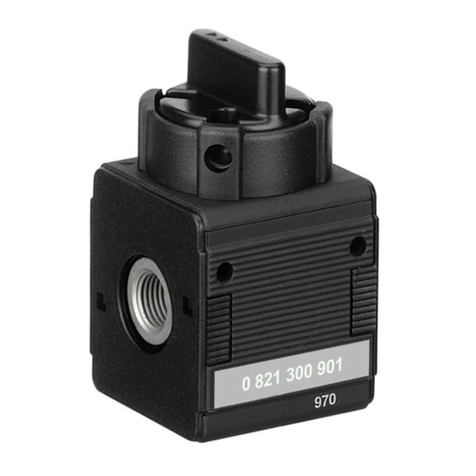
Emerson
Emerson AVENTICS NL1 User manual
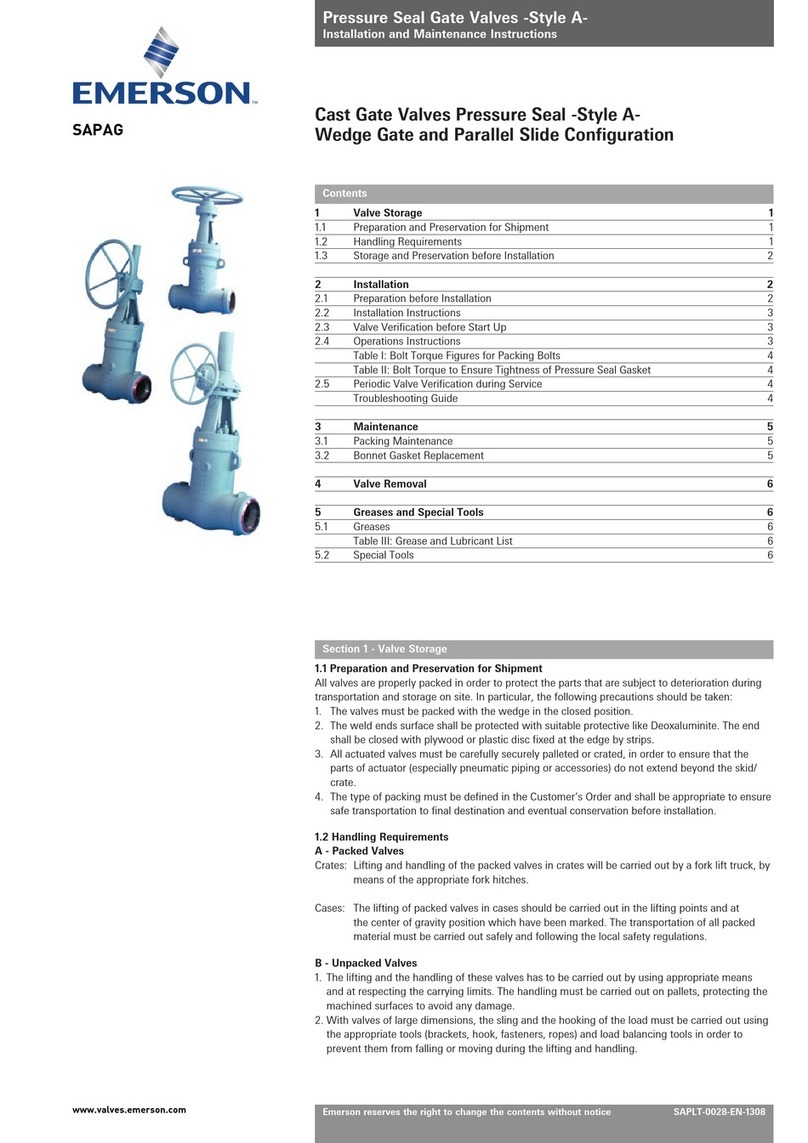
Emerson
Emerson SAPAG User manual
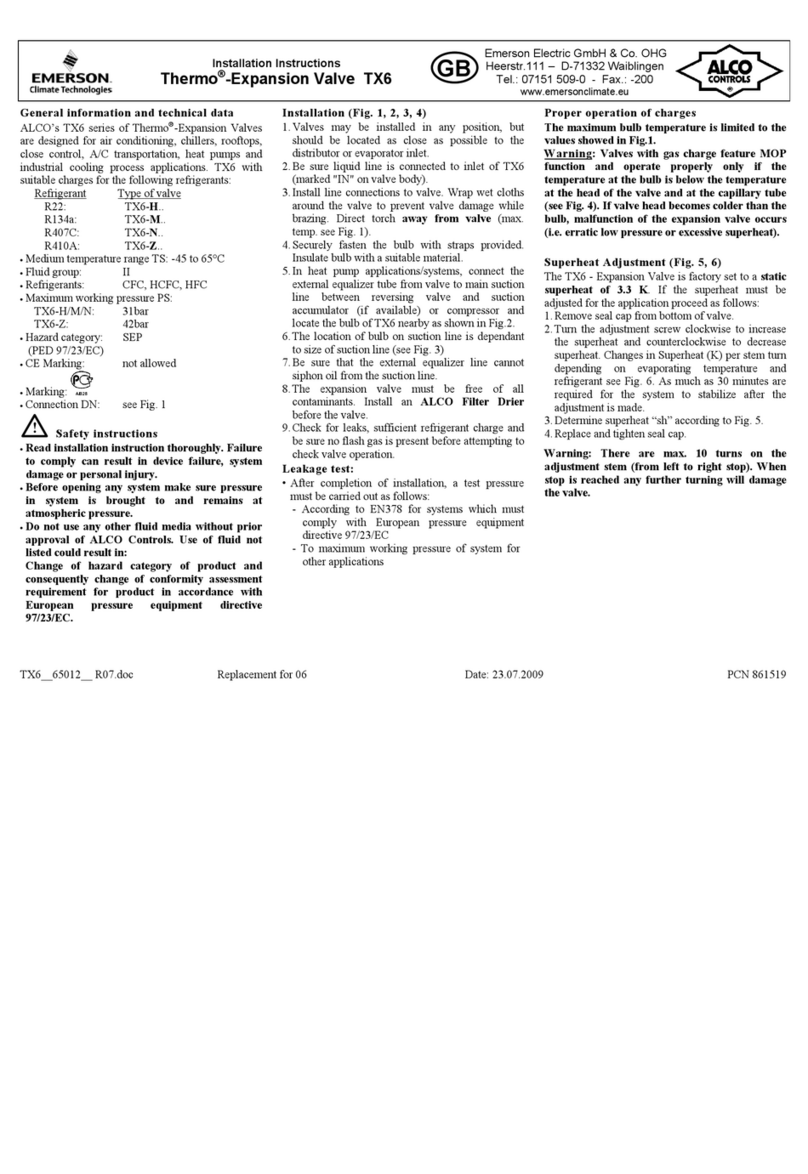
Emerson
Emerson ALCO Thermo TX6 User manual
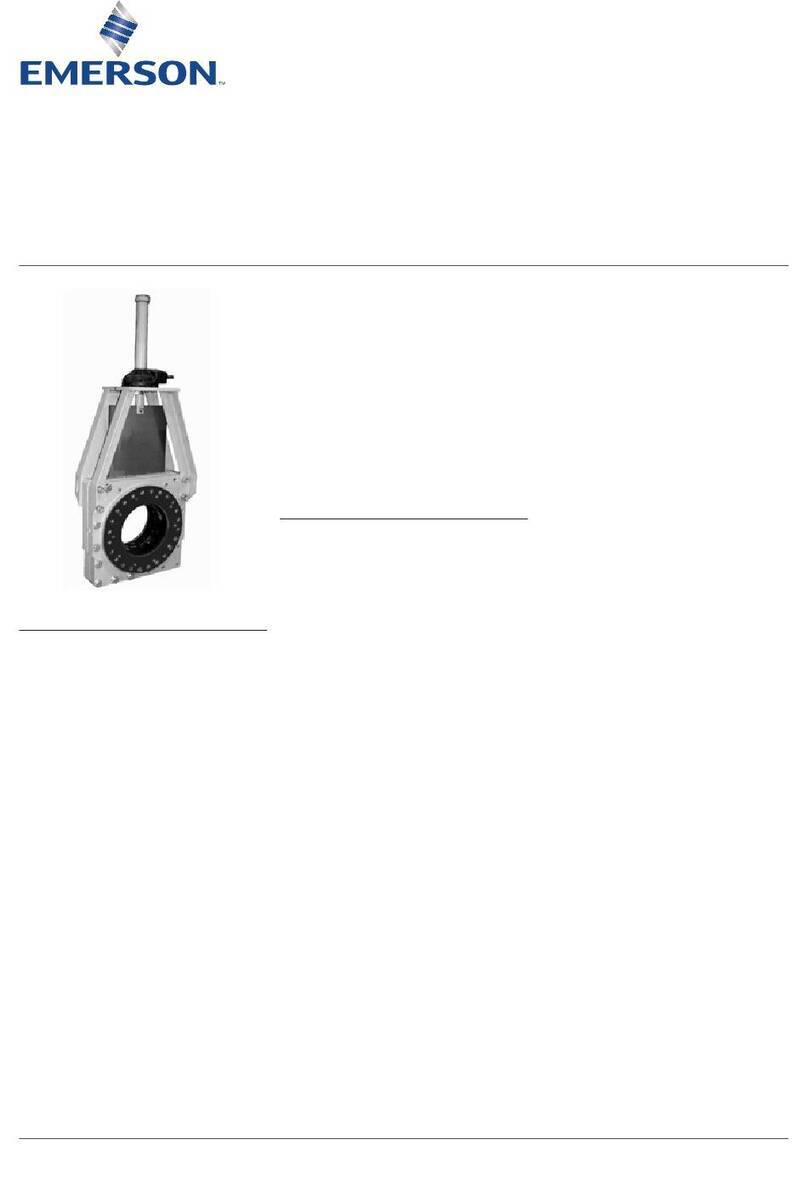
Emerson
Emerson Clarkson series User manual

Emerson
Emerson CASH VALVE C776 User manual
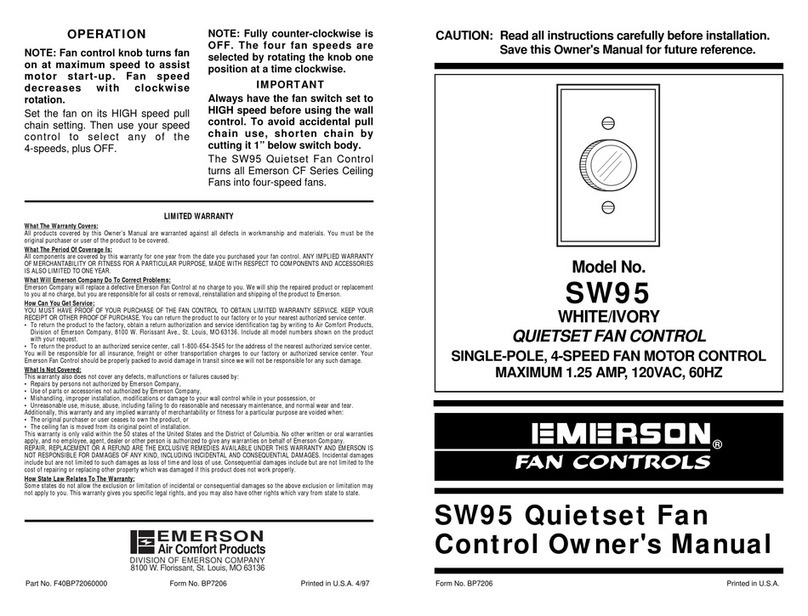
Emerson
Emerson SW95 User manual
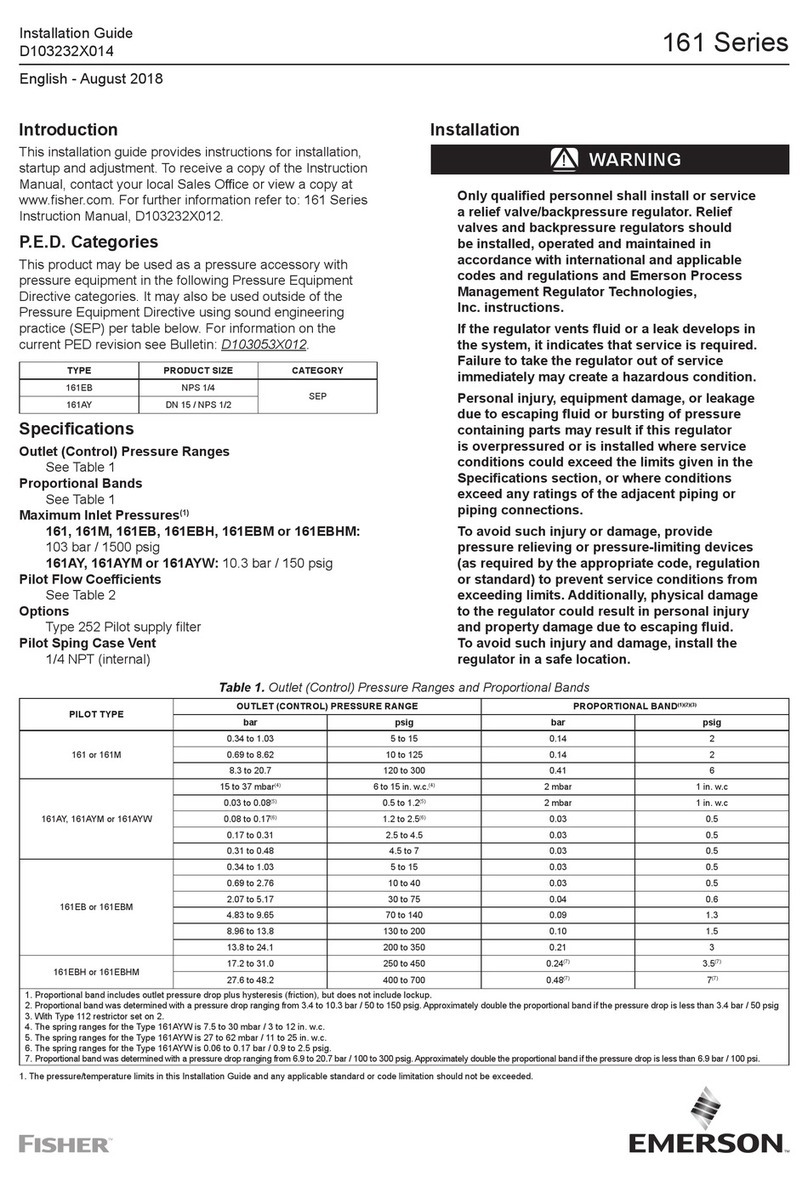
Emerson
Emerson Fisher 161 Series User manual

Emerson
Emerson TopWorx PD200 Instruction manual

Emerson
Emerson Rosemount 2410 User manual
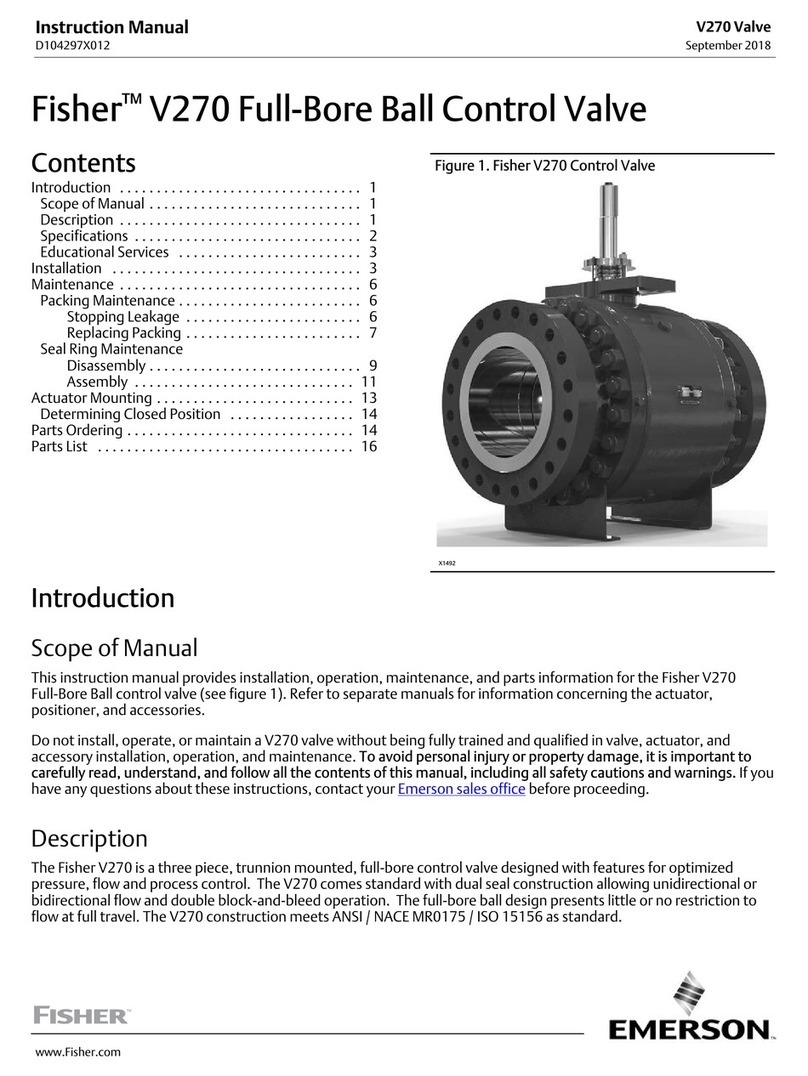
Emerson
Emerson Fisher V270 User manual

Emerson
Emerson FASANI User manual
Popular Control Unit manuals by other brands
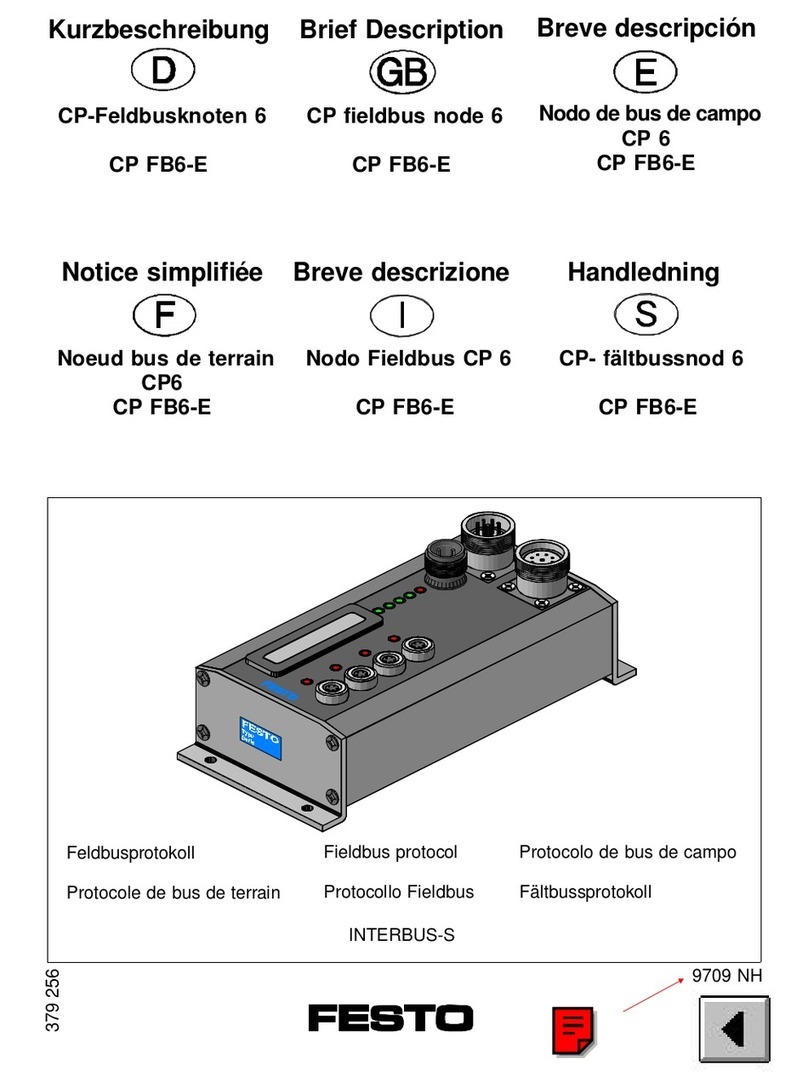
Festo
Festo Compact Performance CP-FB6-E Brief description
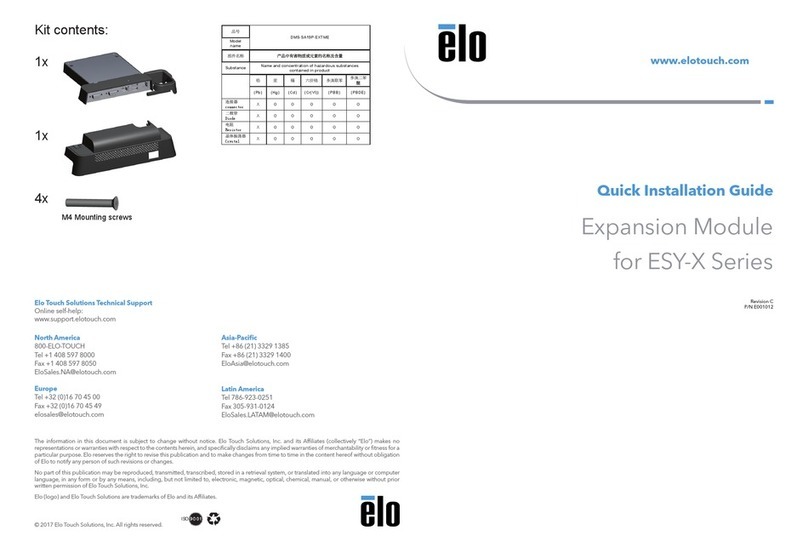
Elo TouchSystems
Elo TouchSystems DMS-SA19P-EXTME Quick installation guide
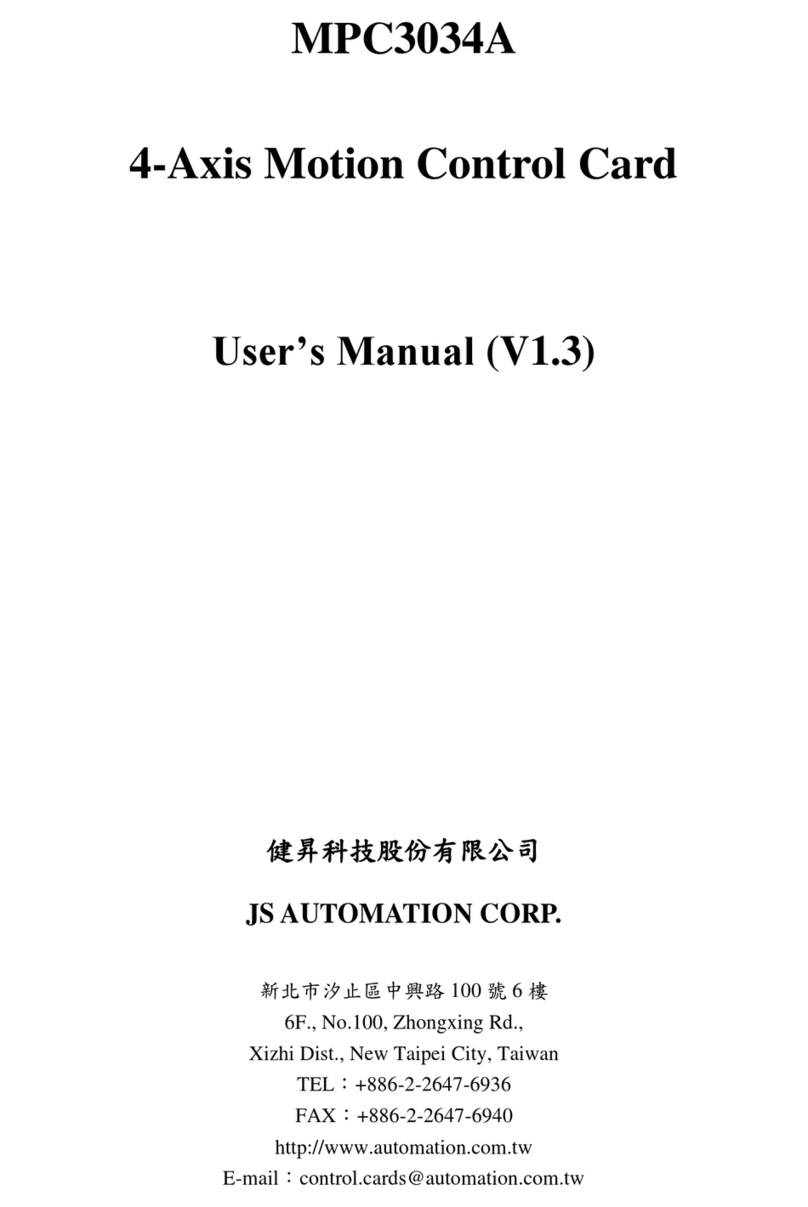
JS Automation
JS Automation MPC3034A user manual
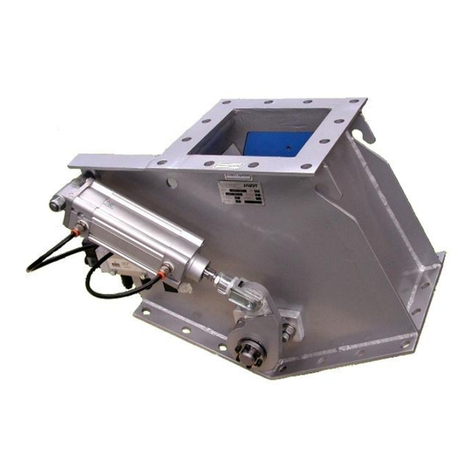
JAUDT
JAUDT SW GII 6406 Series Translation of the original operating instructions

Spektrum
Spektrum Air Module System manual

BOC Edwards
BOC Edwards Q Series instruction manual

KHADAS
KHADAS BT Magic quick start

Etherma
Etherma eNEXHO-IL Assembly and operating instructions

PMFoundations
PMFoundations Attenuverter Assembly guide

GEA
GEA VARIVENT Operating instruction

Walther Systemtechnik
Walther Systemtechnik VMS-05 Assembly instructions

Altronix
Altronix LINQ8PD Installation and programming manual













